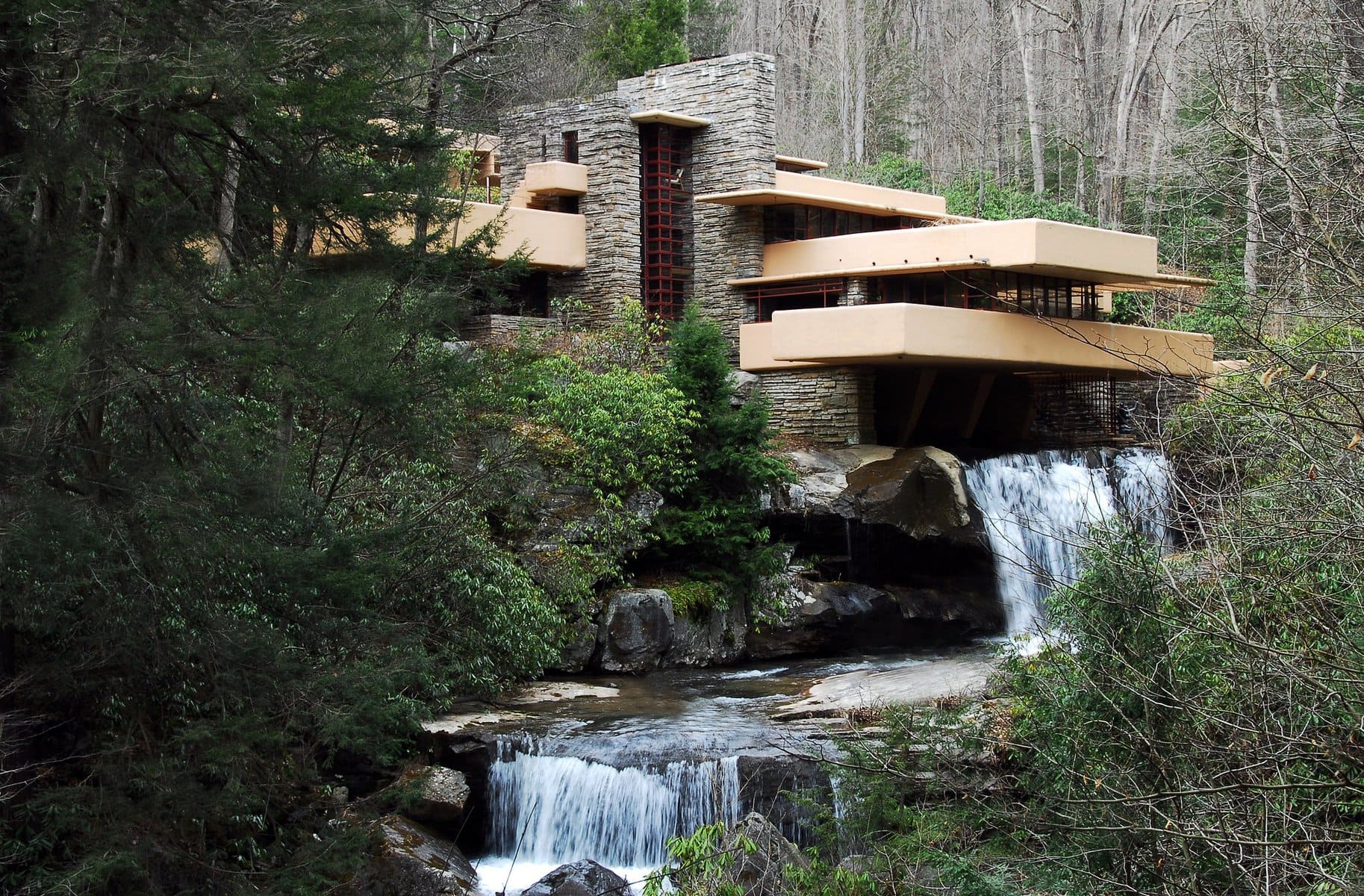Is architecture art?
The majority opinion among experts is that painting, sculpting and architecture are the three branches of visual arts.
Architecture has long been considered one of the “high arts,” with fine arts being the highest standard of artistic expression.
Consider the fact that in many great classical, historic and current day architectural expressions, paintings, sculpture and other art forms were created in tandem with the architecture to be viewed as a whole.
This tradition can be seen in classical/historical creations such the Parthenon, Acropolis, Vatican, to name a few, where architecture, sculpture, murals and/or paintings are meant to be observed as a single experience.
Even in the past century, many truly great architects have designed or placed every single artistic element in their creation to produce a unified experience from individual parts –often achieving a greater celebration of the individual pieces than could otherwise have been attained.
So, why is it that many, if not most, folks would struggle with architecture being classified as a fine art?
The answer is manifold, starting with the fact many of our residential buildings, both historic and then magnified by our current commoditized housing paradigm, were not designed by an architect.
And, in the vast majority of cases, when an architect was engaged, there was no attempt made to balance function with the artistic objective to convey feelings, thoughts and sense of place.
The employer’s overriding commercial dictate required that emotion must come a distant second to purpose and mass-market financial economies.
Which leads us to the issue of talent and that quintessential “something more.”
Dare I say many of us have put a pencil to paper or a brush to canvas in an attempt to create a piece of art. Of those millions of people, a relative fraction continue to pursue the endeavour and call themselves artists.
Of these artists, some are bad, some mediocre, some good, and a very, very few are great.
The difference between good and great? Both the former and the latter are talented and technically accomplished, but greatness comes from a unique creative envisioning ability combined with talent and technical proficiency.
It is a very rare combination of traits and a heads-down commitment to pursue their muse which leads to a Monet, a da Vinci, or their ilk.
It is no different in the architectural field. A degree in architecture simply means the recipient has mastered the technical knowledge and basic skill set required for the university to confer that sheepskin.
Talent and that rare artistic ability mentioned above plays little part in graduating as an “architect.” Indeed, the majority of subsequent gainful employment opportunities will actively discourage the creative leaps necessary for an individual to make the transition from “good” to “great.”
And, just like any great artist, it requires the sacrifice of surviving in pursuit of their muse to achieve the creation of architecture that may be called a masterwork.
Adding to this is the influence of the real estate resale brokerages which, through no fault of their own (since the vast majority of their business is generated by handling the commoditized housing produced by developers), treat every piece of real estate the same, whether it features inspired artistic architecture or not.
And although companies such as Engel & Voelkers and Sotheby’s have presented an alternative paradigm, in our brains the mass market commoditized equation rules the day.
Given just these three factors (among others), it is little wonder that most people might be challenged to see architecture as a fine art. That said, we all need to keep in mind that there are the architectural equivalents of Monet, da Vinci and Van Gogh masterpieces.
To put this in perspective, 2022 was a banner year in the international art market. Christie’s reported its auction house sales brought in a record $8.4 billion (U.S.) while Andy Warhol’s “Shot Sage Blue Marilyn” fetched $195 million, making it the most expensive painting by an American artist ever sold at auction and the most valuable work by a 20th-century artist, full stop.
In a story by ArtNet News, art adviser Thomas Stauffer suggested collectors were focusing on the high-end of the market as the threat of recession looms. He was quoted as saying, “Established art acts as a safe haven for value preservation in uncertain times like this …”
So, I wonder what Ron Thom’s masterwork at 4 Old George Place in Toronto might fetch if offered as an “established” piece of art. Closer to home, what might Don Chapman’s masterwork on the Niagara Parkway bring, and just imagine Frank Lloyd Wright‘s Falling Water masterwork on the open market.
Brian Marshall is a NOTL realtor, author and expert consultant on architectural design, restoration and heritage.











